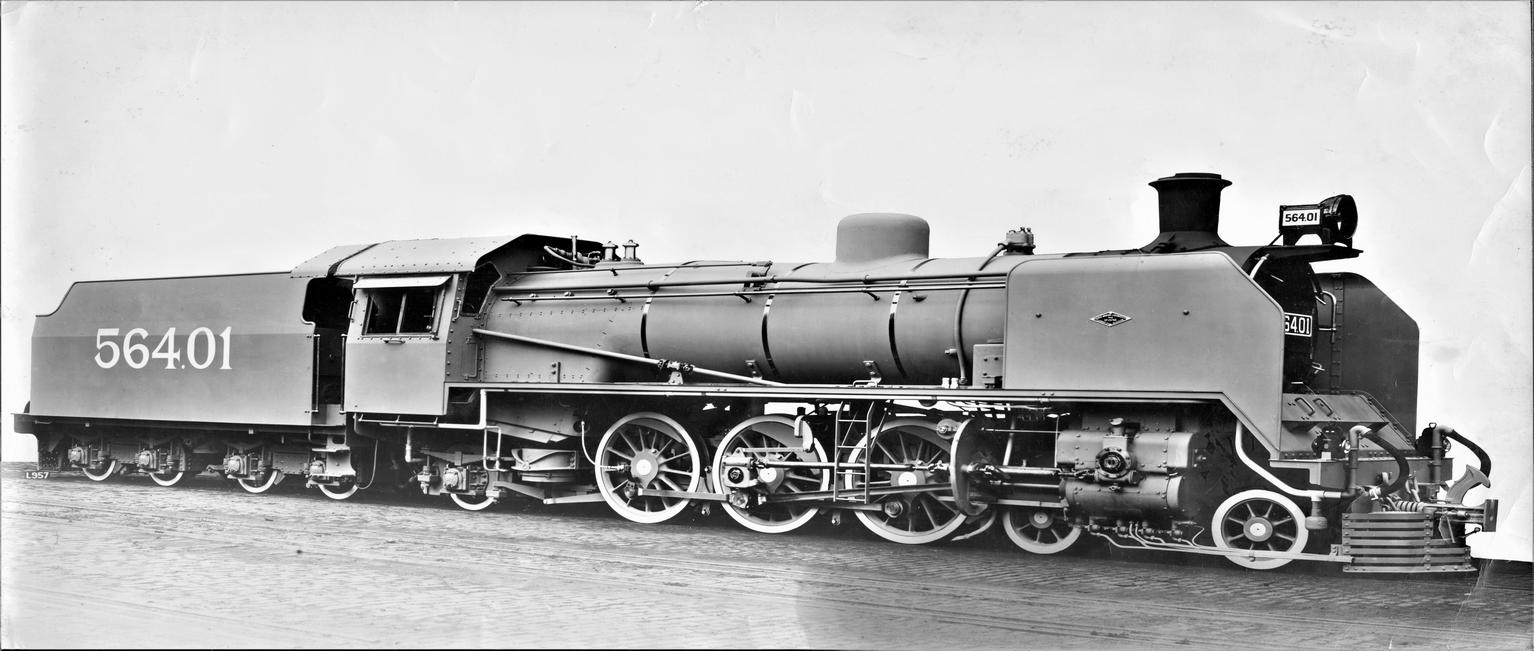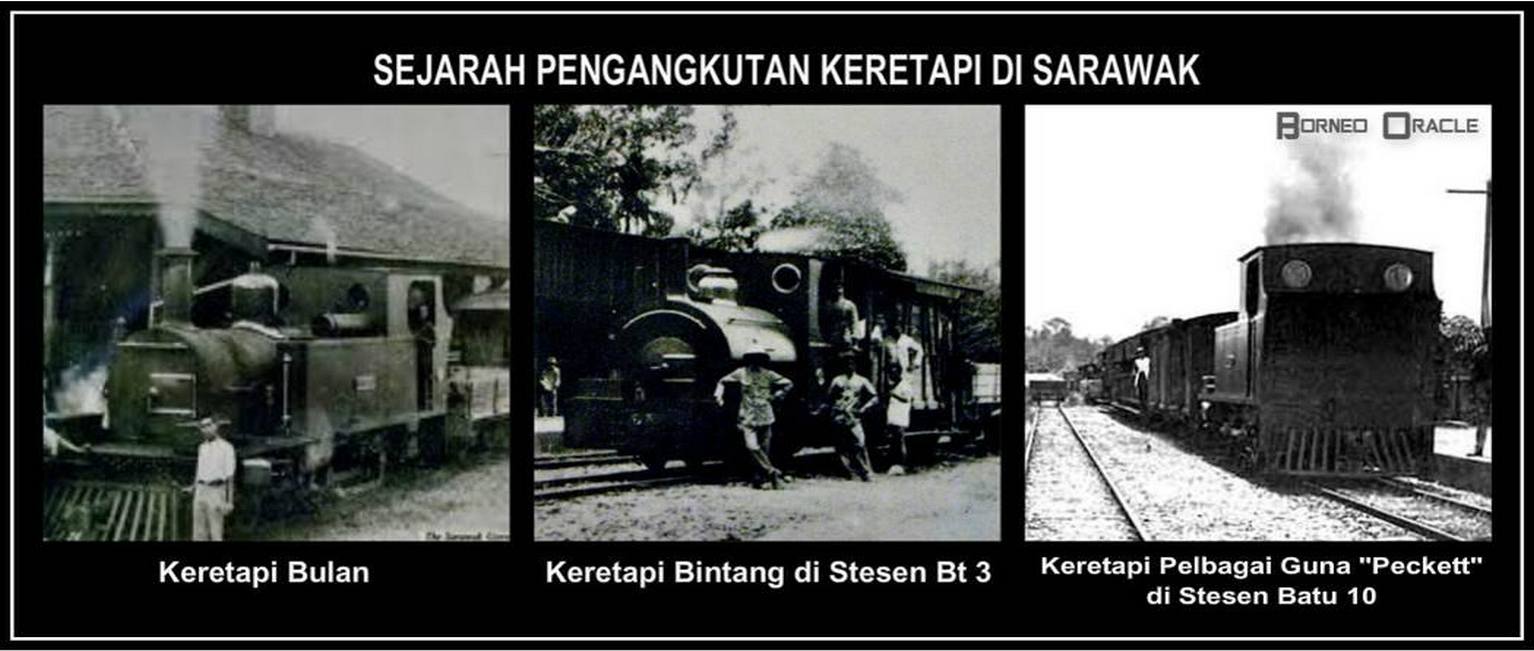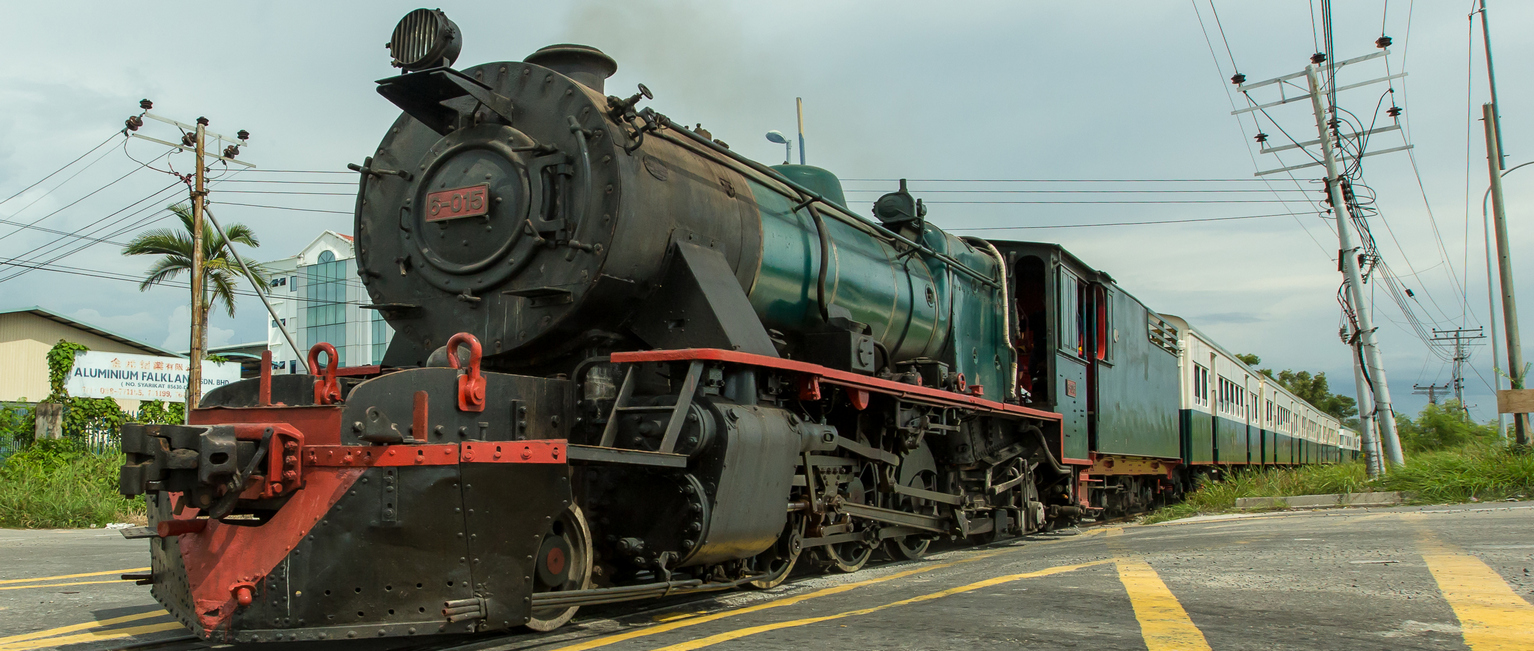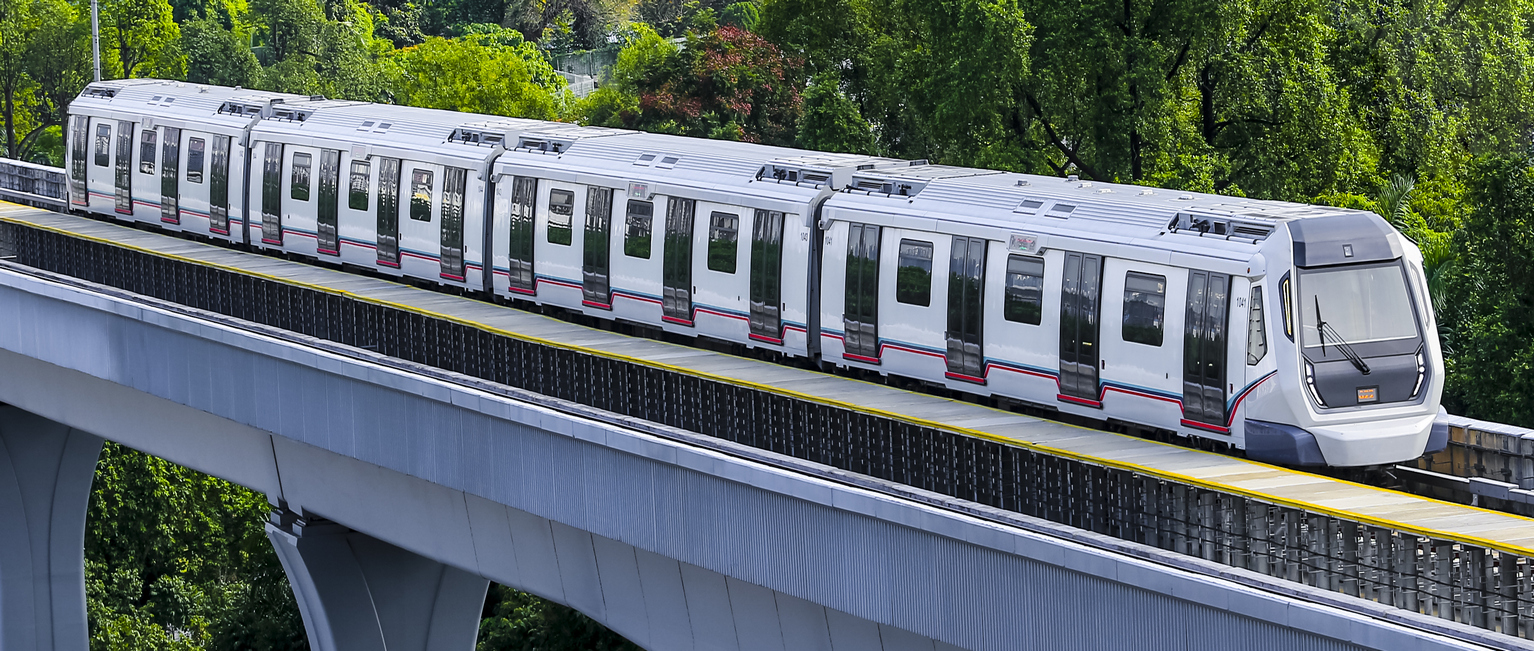Malaysia’s rail history dates back to 1885 when the first railway line between Taiping and Port Weld was opened by the British to transport tin from the mines in Larut. The line expanded to Kuala Lumpur and Klang in 1886. In 1891, a new line was constructed between Seremban and Port Dickson.
In East Malaysia, the first railway service was opened in 1896 to transport tobacco leaf for export by the British North Borneo Railway Company. By 1903, there was a network of 193km, consisting of a main line from Jesselton (present day Kota Kinabalu) to Melalap via Beaufort.
The service from Kota Kinabalu to Beaufort has since been upgraded with new airconditioned trains, but thrill-seekers can still take their own ‘old school’ train journey on the Beaufort to Tenom stretch. Featuring carriages from the 1970s with wide open windows for natural ventilation, passengers experience breathtaking views as the train runs alongside rushing river rapids, humble wooden huts and grand mountain vistas. Enjoy the smiles and waves from friendly faces at markets and schools along the way. If you’re lucky, you will even share your train with local produce and live farm animals in the cargo car!
While Sarawak is known as the only state in the country without a passenger train line, it did have one in 1915, when the state’s first railway was opened for passenger transportation and stone haulage from its quarries. At a mere 16km, it was touted as the shortest running train service in the world. The line fell into disuse in the 1930s.
Snapshots of life
Back in the Peninsular, the intercity railway network completed in the early 20th century chugs along to this very day. It consists of two main lines running 1600km across the country: the KTM West Coast Line between Singapore and Padang Besar, Perlis, on the Malaysian-Thai border, and the KTM East Coast Line between Gemas, Negeri Sembilan and Tumpat, Kelantan.
The West Coast Line has become a favourite amongst travellers from around the world as it forms part of the longest train journey across Southeast Asia. Hop on at Singapore and go all the way up north to Vientiane in Laos in a journey taking three to four days, stopping in small towns and rural areas, rich with the everyday culture and natural beauty of the diverse region.
The stretch between Teluk Intan to Tapah is also the site of a local legend about a wild elephant that died a hero, after it charged at and derailed a fast-moving train to protect its herd. The incident allegedly occurred in 1894 and has been retold for generations. It was even commemorated by a sign marking the grave of the noble beast.
The East Coast Line offers an altogether more rugged splendour, running through the deep rainforests that showcase Malaysia’s tropical biodiversity, earning it the nickname of “the Jungle Railway”, and has become a tourist attraction in its own right. Construction of the line was considered an impressive engineering feat considering the difficult terrain and wilderness it traverses.
From history to the future
As the main commercial and industrial transportation for over a century, it is no surprise that trains are a significant part of our shared history, even some of its darkest episodes. During World War II, the Japanese used the Sarawak rail line to transport prisoners of war and removed over 240km of the East Coast jungle track to use in the construction of the Death Railway between Thailand and Myanmar.
On a happier note, thousands of patriotic citizens used the West Coast Rail to make their way to Kuala Lumpur for the Independence Day Declaration at Stadium Merdeka on August 31st, 1957.
Jump to the present day, and the capital, Kuala Lumpur, enjoys fast and efficient inner-city trains via the MRT and LRT lines. And soon, Malaysians will welcome the latest in train technology with a high-speed rail link being built from Bandar Malaysia in KL to Jurong East in Singapore. The 320km line will feature a train boasting a maximum speed of 320km/h which is expected to reduce travel time between the two cities to 90 minutes from the current 5 hours.
---
Photo credit to:
Thumbnail photo: http://searail.malayanrailways.com/
Photo 1: https://www.flickr.com/photos/124446949@N06/35649929811/in/photostream/
Photo 2: FB @BorneoOracle https://www.facebook.com/BorneoOracle/photos/a.449424688437754/651118458268375/?type=1&theater








